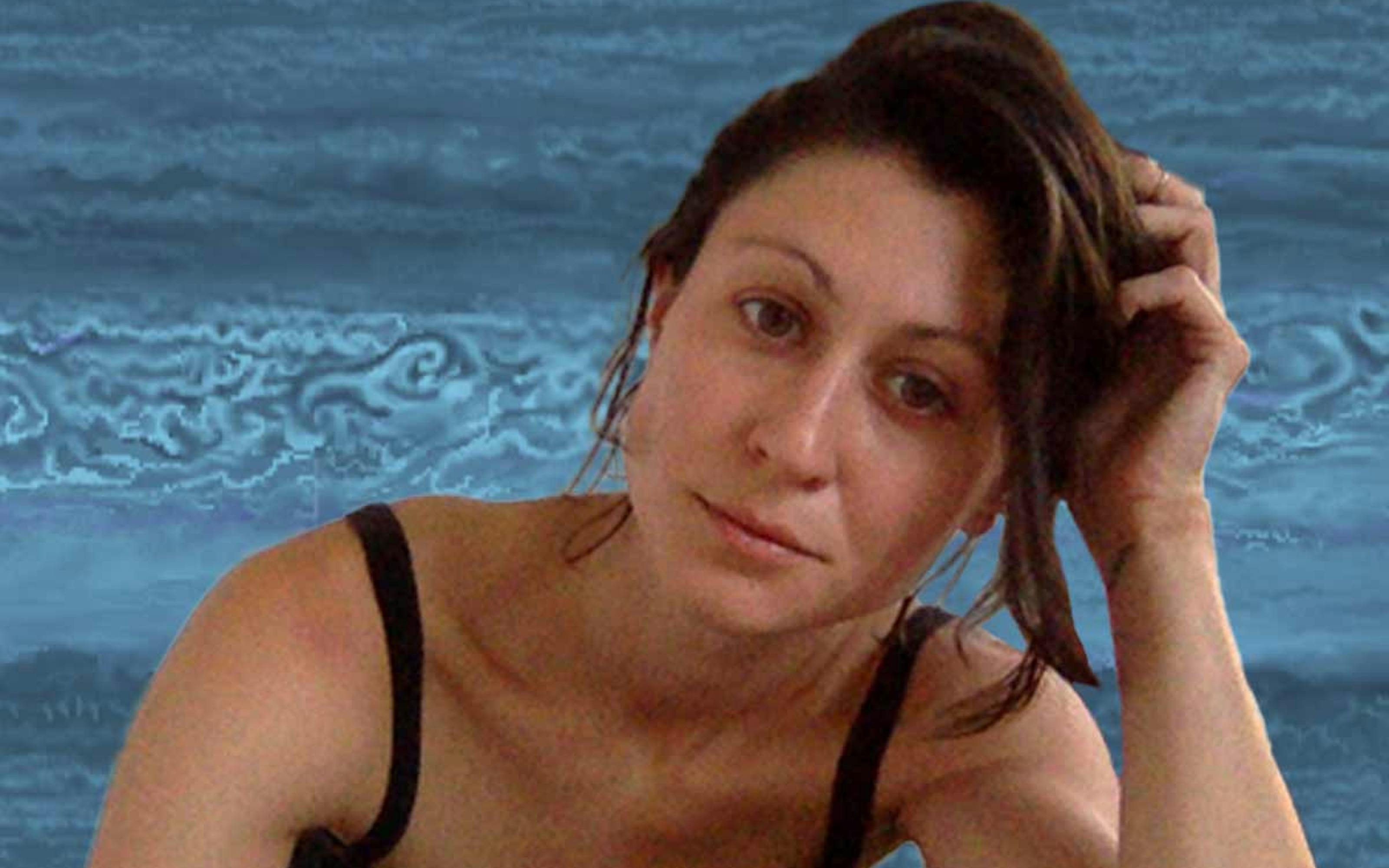
Visual Effects Student Marlee Weinberg Reflects on Her First Semester
Posted on 2020-02-20T23:00:00+0000 in Student work
We interview Visual Effects student Marlee Weinberg about her first semester and what attracted her to the field.
What comes to mind when you think of visual effects? Superhero movies and tough guys not looking at explosions, most likely. Indeed, our course lead Matthieu Schmit’s impressive portfolio does include some Marvel Studios hits. However, his work with some of the greatest artists and directors of our time – including Wim Wenders, Tadao Ando, David Lynch, Sebastião Salgado and Bruno Dumond – is a testament to the far-reaching applications of this fast-evolving discipline. For this reason, Matthieu places a huge importance on cultivating our students’ unique artistry.
And it’s not always about the film industry either. As first-year Visual Effects student Marlee Weinberg’s passion for dance demonstrates, this innovative technology can bring the magic of digital movement to just about any creative field.
We caught up with Marlee to learn more about her creative journey and her experience of Visual Effects so far.
“It was shortly after seeing this piece that I was inspired to learn more about technology and multimedia performance. Eventually this inspiration and intrigue led me to the VFX world”
First of all, tell us a bit about yourself as a creative.
I grew up in Tampa, Florida, where I attended performing arts schools until I was 18. I trained in all forms of dance: ballet, modern, classical jazz, African, and street styles. After high school, I went on to further study modern dance at an American college. In the first few years after leaving school, I had the privilege of working with dance companies in Florida, Philadelphia and New York City.
Dance, which is essentially just ’trained movement’, is at the core of my creative being. As an artist I am continually examining movement within myself and in others. I often find myself analyzing how people walk and hold themselves. When I’m at the club, I watch how other people move to rhythms and then I try to find that same movement in my body. Now at Catalyst, I am learning the tools to craft and present movement through the application of digital and visual arts vocabulary. Right now, I am interested in how movement and dance fit into a digital landscape.
Why did you decide to study Visual Effects?
Several years ago, I saw a dance piece entitled GLOW, produced by the Australian dance company Chunky Move. In this piece, the audience is positioned on four sides of the stage looking downward, kind of like in an arena or stadium. A solo dancer performs on a square stage and interacts with geometrical projections that seem to be organically blended into her movement.
This performance was a mind blowing synthesis of dance and technology which, at the time, I had never seen before. I think it was shortly after seeing this piece that I was inspired to learn more about technology and multimedia performance. Eventually this inspiration and intrigue led me to the VFX world.
“Our tutors have really pushed us to advance our skills and techniques, as well as encourage us to forge the pathway we think best suits our desires as artists”
What have you been working on since you started the course?
The first semester was a lot of introductions to certain techniques – like motion tracking, green screening, animation, compositing, etc. We also had lessons in practical film techniques. For example, how to work a camera correctly or how to light a scene effectively. Our tutors have really pushed us to advance our skills and techniques, as well as encourage us to forge the pathway we think best suits our desires as artists. In the first semester, we worked heavily in Adobe programs – particularly in After Effects – and this semester we’ll be working with 3D softwares.
What excited or challenged you the most about the first semester?
Our weekly briefs both excited me and challenged me in the same ways. In the first semester, we were given a brief to complete each week. The challenge for me was producing something that represents my style in just one week. But what excited me was also this push to activate my creative brain to work towards a timely deadline.
How has your perception of VFX changed since you started?
One thing that has been really apparent to me is how few women there are working in this field. I spend a lot of time on YouTube watching tutorials, which are mostly hosted by men. I’ve also been paying attention to bigger names in the VFX world, and most of them are also men. I’m not necessarily bothered by it; I just find it surprising. VFX is such a fun and imaginative world, and I think if more women joined this line of work, they could add a lot of value.
Do you have any advice for people considering starting a VFX career?
What I have learned so far is that the VFX world is multifaceted, and within this world exists highly imaginative and creative people. I’m pretty new to VFX, but I feel like what I can find and tap into within this world is a land of creative play. Working in VFX requires a lot of patience and time, but alongside this are vast layers of play and imagination. I also believe that learning the tools and skills to be a VFX artist opens a lot of doors in a variety of creative directions.
Follow Marlee Weinberg on Instagram.
Read our interview with course lead Matthieu Schmit here.


